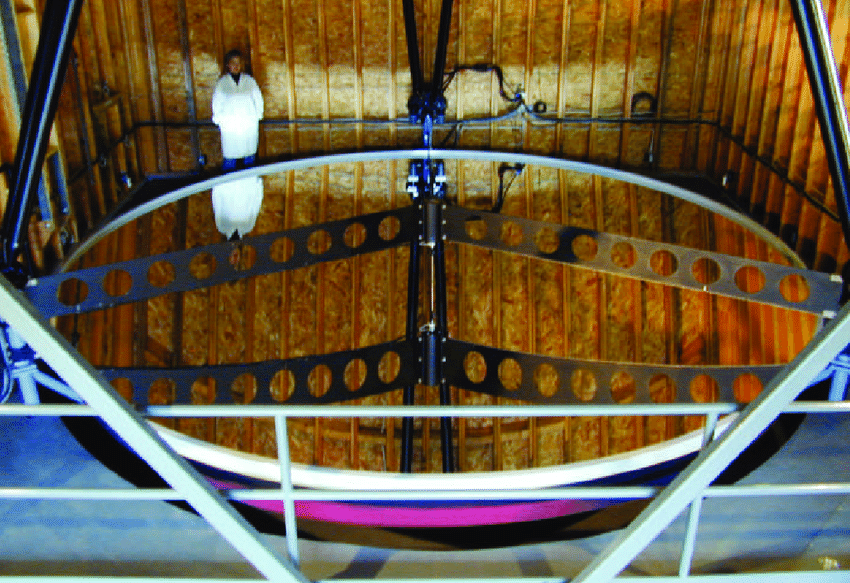Free Courses Sale ends Soon, Get It Now


Free Courses Sale ends Soon, Get It Now



Disclaimer: Copyright infringement not intended.
Context
Design and collaboration
ILMT and its features
About
Working principle
Mandate
Devasthal Observatory
© 2024 iasgyan. All right reserved